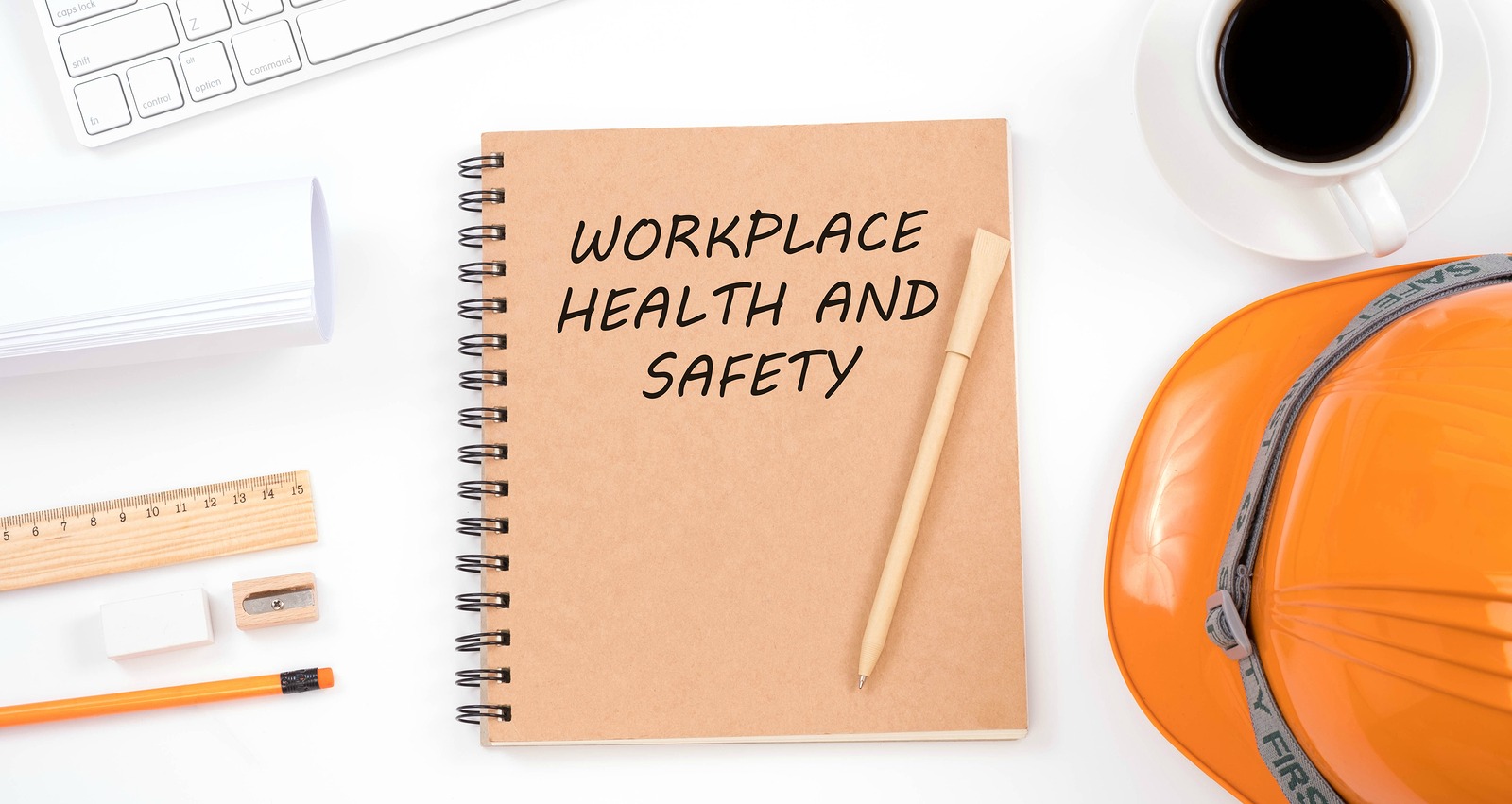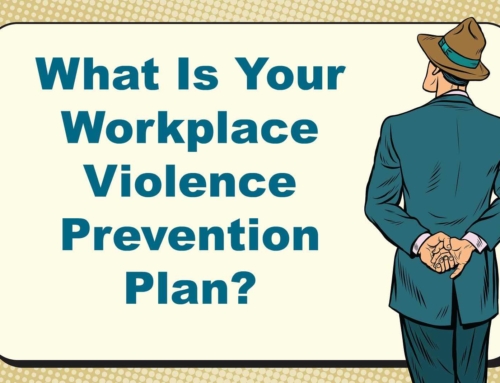It’s an unfortunate reality that workplace violence is in the news quite a lot these days.
And I can’t help but see the subtext in these stories: Employers can’t ignore their fundamental responsibility to provide a safe and healthy workplace for employees.
I realize that this is a large topic to tackle in one blog, so workplace violence is a theme in many of my blogs. But today I want to take a look at a specific case I think everyone should be made aware of.
Before I summarize it for you, let’s take a look at the four recognized sources of workplace violence:
- Stranger violence
- Client/Customer violence
- Co-Worker violence
- Relationship-related violence
As we know, most organizations have (and should have) a ‘zero-tolerance’ policy regarding these sources of violence.
In most cases, these policies make life much easier when trying to decide how to answer the question, “What should we do about this?” following an instance of workplace violence.
Usually, the aggressor is dealt with firmly, often resulting in their termination.
Problem solved, right?
Well, that’s where the case I mentioned earlier comes in to play. I hope that by being made aware of it, employers might cast a different lens on a situation that they had previously assumed was open and shut.
This case involved co-worker violence and was adjudicated by the Canadian Public Service Labour Relations and Employment Board.
It concerned a federal government employee who, after a short argument at work, struck his supervisor hard enough to leave a mark. The violent act scared the supervisor, who then ran down several flights of stairs in order to find a security officer— the whole time being followed by the aggressive employee in hot pursuit.
Even though an acknowledgment of regret was made by the aggressive employee, a formal apology was never issued to the supervisor or to the employer.
Other employees were then polled regarding the incident and expressed concern for their safety if the aggressive employee was to return to the workplace.
Stories emerged about this employee continually expressing how dissatisfied he was at work and it appeared that he did not enjoy positive relationships with many of his colleagues.
Following an extensive investigation, as well as several meetings, the aggressive employee was terminated.
But as I mentioned earlier, this was not an open and shut case.
Within the body of the Canadian Public Service Labour Relations and Employment Board hearing, it was held that the employer did not give proper attention to a medical note that the employee had provided at one of the investigative meetings held prior to his dismissal. The note pointed out that the employee had a medical condition that made him prone to mood swings, with some of those mood swings resulting in outbursts.
The employer had responded to the medical note by ordering the employee to undergo a medical examination. The results concluded that the employee did indeed suffer from a condition that could have contributed to the incident. However, since this examination was conducted several months after the incident, the employer didn’t have documented information regarding the employee’s condition at the time of the incident itself.
The Canadian Public Service Labour Relations and Employment Board determined that, although the workplace violence was incredibly serious and deserved significant discipline, the employer should have given additional consideration to the medical information that was brought forward.
Additionally, the Board showed that the employer didn’t properly investigate the possibility of accommodating the employee—an important misstep on the part of the employer.
What was the result?
Well, the employer was ordered to reinstate the employee and pay $25,000 in damages for discrimination!
Makes you think twice before acting with “swift justice.”
As with any type of employee misconduct, a thorough investigation must require that EVERY avenue be pursued in order to show that the investigative process was thorough and complete— with each mitigating condition examined.
Be safe out there, and perhaps more importantly, keep your employees safe…







Leave A Comment